The Arrival Of The East Indians
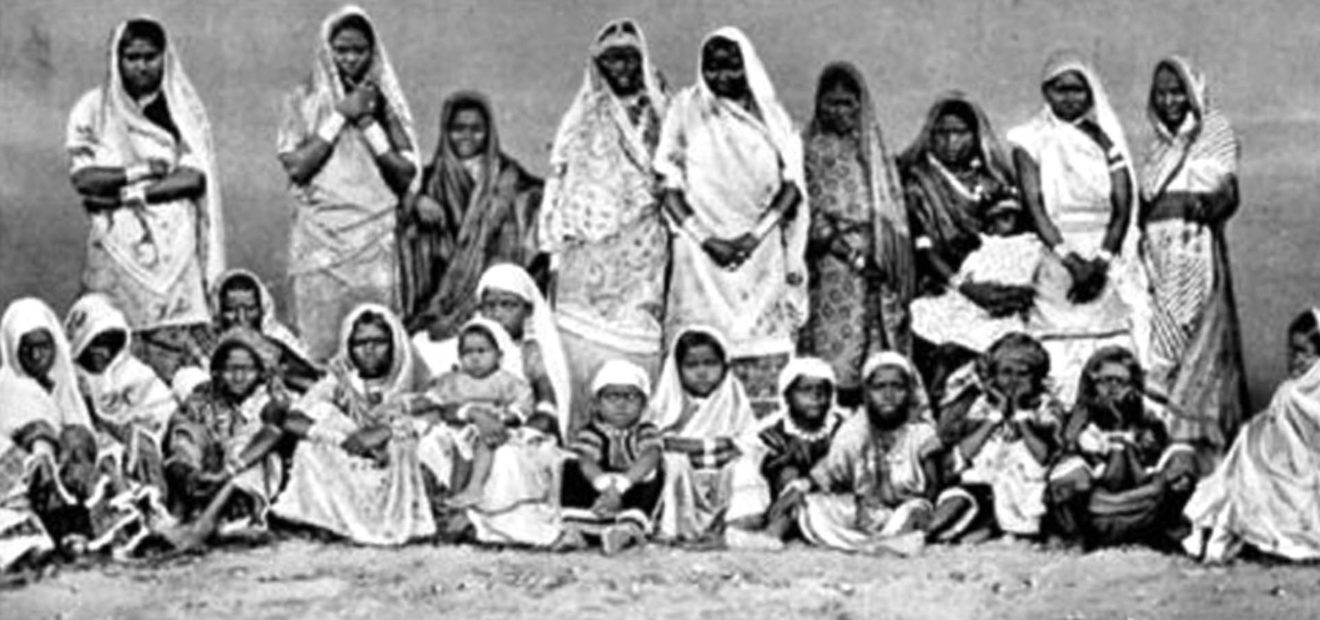
Indian Women & Children | https://www.guyanatimesinternational.com/175-years-of-the-arrival-of-east-indians-in-guyana-they-toiled-and-brought-overwhelming-success-to-their-adopted-homeland/
Plantation owners of the British West Indies were desperate to find a new source of labour for their sugar estates since the abolition of slavery.
The sugar planters in Guyana still had a labour shortage even though there were West Indian, African and Portuguese and other European labourers. The reason behind obtaining a larger labour force was due to the West Indian Islands placing restrictions on emigration.
One of the planters called John Gladstone who was the father of the British statesman requested from the Secretary of State for the Colonies to recruit Indians. There intention was for them to serve in Guyana for a five-year period of indenture. Gladstone received support by many other sugar planters whose estates were expected to obtain some of the Indians to be recruited. At this time, Indians taken to Mauritius proved to be productive at their work on the sugar plantations. Moreover, after Gladstone’s request was granted, all the owners of sugar plantations in Guyana, made arrangements to recruit 414 Indians. Among these 150 were “hill coolies” from Chota Nagpur, and the remainder were from Burdwan and Bancoorah near to Calcutta. The word “coolie”, is a corruption of the Tamil word “kuli”, referred to as porter or labourer). In order for these Indians to be transported, two ships were chartered which were called the ‘Whitby and Hesperus’.
Journey of the Whitby boat
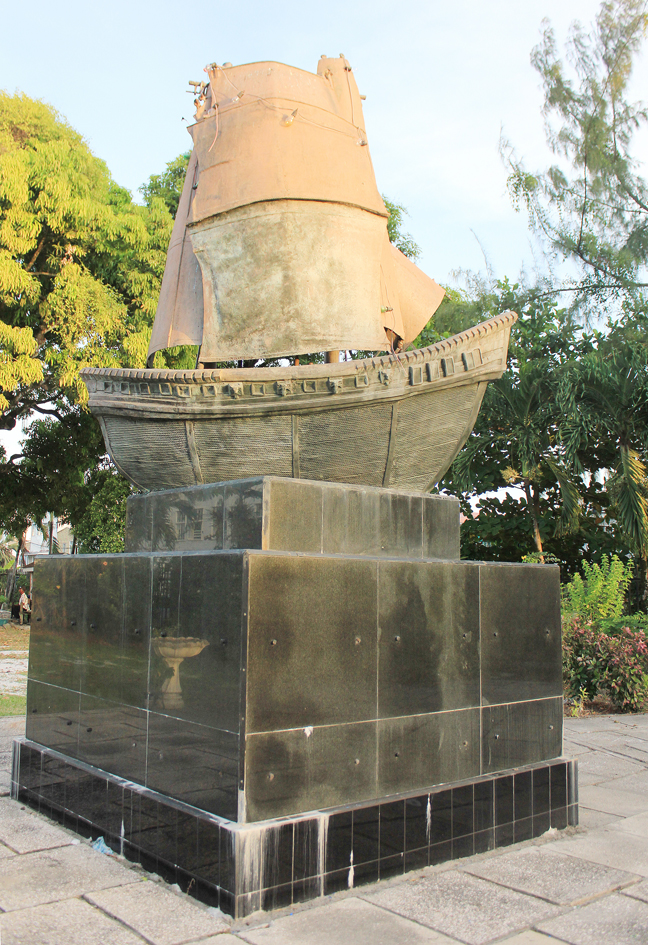
The Whitby Monument | https://www.stabroeknews.com/2013/news/guyana/05/04/an-overview-of-indian-indentureship-in-guyana-1838-1917/
On the 13 January, 1838, 249 immigrants left Calcutta in which the whitby sailed from. They arrived in Guyana on May 5 after a voyage of 112 days and subsequently five indians died on the journey unfortunately. 164 immigrants recruited by Highbury and Waterloo plantations disembarked after the ship immediately sailed to Berbice. The ship then returned to Demerara and between 14-16 May the 80 immigrants remaining landed and were taken to Belle Vue Estate.
Of the total of 244 Indians who arrived on the Whitby, there were 233 men, 5 women and 6 children.
Leaving the Whitby boat
Upon the arrival of the indentured slaves, the male adult Indians agreed with the estate owners to a contract of indenture which lasted for five years before renewal if so be the case. In addition, to this the indentured slaves were given payments for their labour. The hours of work varied from estate to estate, but generally the working period was from 6.00 a.m. to 6.00 p.m. with a two-hour rest period around midday. The immigrants received a weekly allowance of food and were generally treated well. However, reports reached Britain that the Indians were adapting to their new living situation, but by January 1839 agents of the Anti-Slavery Society accused some planters in Demerara of ill-treatment. This included whipping, and they also expressed concerns over the high death rate of the Indians who were just within 6 months of their arrival. This matter was eventually resolved.
East Indians in Guyana
East Indians evolved over the years to become the single largest ethnic group in Guyana and branched out of sugar into all aspects of economic and political life in Guyana. Government recognised the contributions of these Indians to the overall development of Guyana and declared May 5, Indian Arrival Day. It is a national holiday observed annually all across Guyana whereby Indian Organizations and communities gather to host a range of activities. These activities are in celebration of their rich history and culture.
Contributions of the East Indians in Guyana
The East Indians did not only contribute their labour to the country but they added to the culture and diversity of it. These include Indian festivals which are widely celebrated. They include the colourful Phagwah, Deepavali (festival of lights), Ramnoumi, Shiv-Ratri among others. Overtim the hindus would have developed themselves which is reflected in the numerous Jhandi and other flags and Murtis which are proudly displayed in devotees’ yards and homes respectively.
The survival of the East Indian immigrants and their descendants largely depended on their resilience, determination, custom, tradition and commitment to family which invariably promotes thrift, industry and self-esteem. They continue to make valuable contributions to the overall progress and development of Guyana. The motivating factor is their strong cultural ties as they march forward into this new millennium of ours with a great sense of purpose and maturity.
After all, Guyana relentlessly seeks to have greater economic benefits, socio-political stability and national cohesiveness at this juncture of its history. Despite the face of harsh global realities all the people of this are in this ongoing struggle.
The ‘Whitby’ monument
In addition, a monument was created in ‘The Indian Monument garden’ located on Camp and Church Streets, Georgetown. The monument was a bronze sculpture of the steamship ‘Whitby’ which brought some of the first Indian indentured labourers to Guyana.
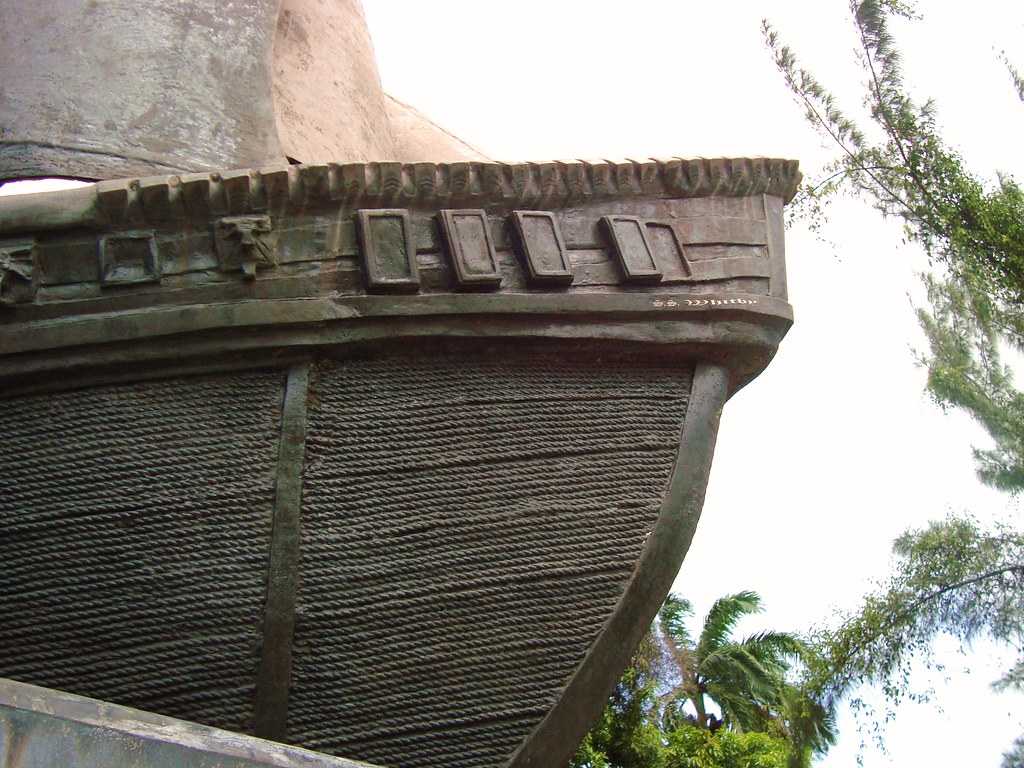
Amanda Richards Photo on Flikr | The details of the bronze monument.
Article References
- http://www.guyana.org/features/guyanastory/chapter50.html
- http://guyanachronicle.com/2009/05/05/the-coolie-ships
- http://guyanachronicle.com/2014/05/05/east-indian-immigration-1838-1917
- https://www.guyanatimesinternational.com/175-years-of-the-arrival-of-east-indians-in-guyana-they-toiled-and-brought-overwhelming-success-to-their-adopted-homeland/
- https://guyanatimesgy.com/the-last-ship/
- https://www.stabroeknews.com/2013/news/guyana/05/04/an-overview-of-indian-indentureship-in-guyana-1838-1917/
- http://www.landofsixpeoples.com/news702/nc0705062.html
- http://exploreguyana.org/event/indian-arrival-day/
- http://www.guyanaca.com/features/indianim_toguyana.html

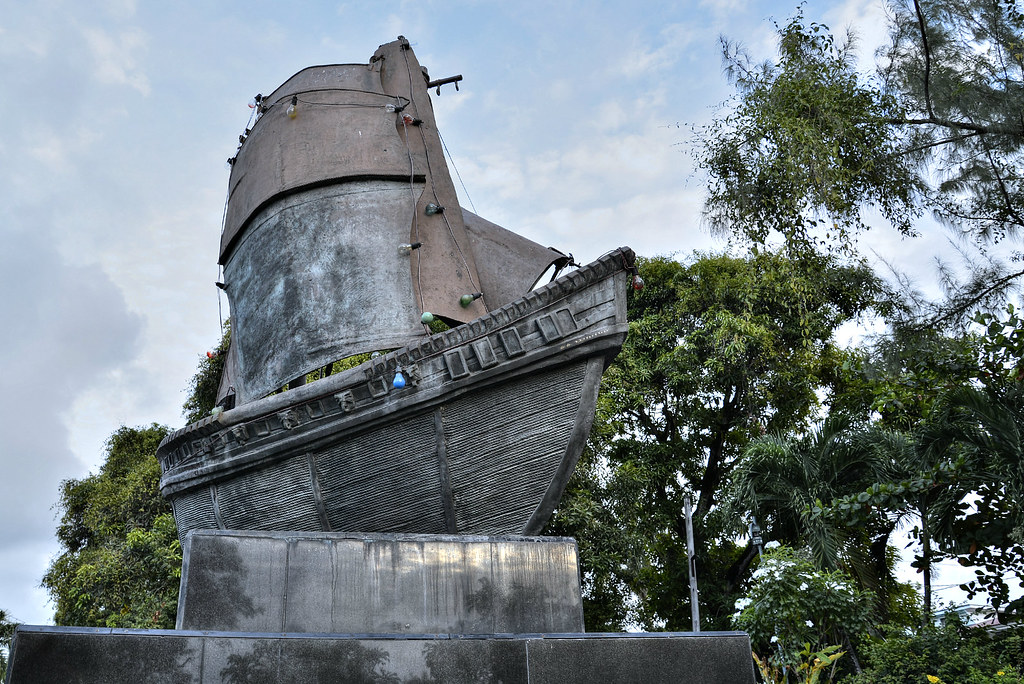


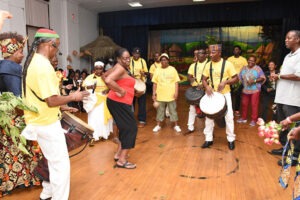
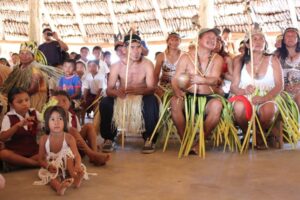
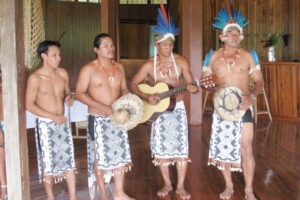
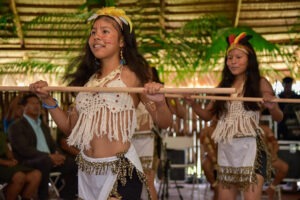
1 Comment